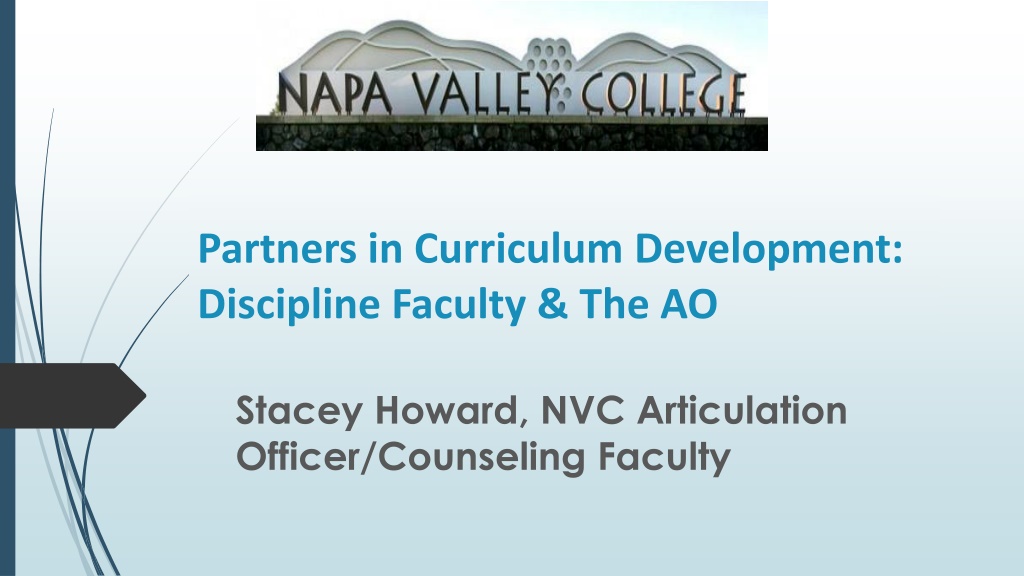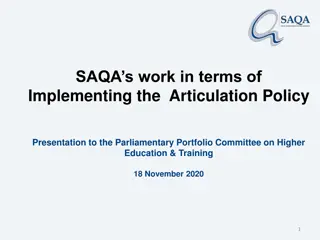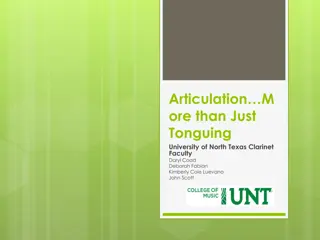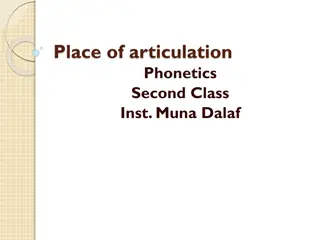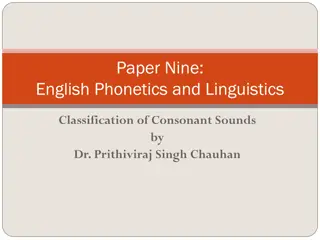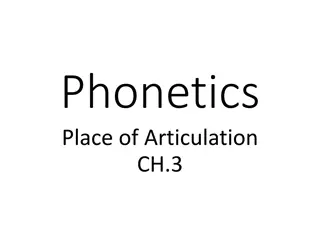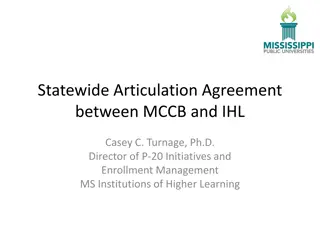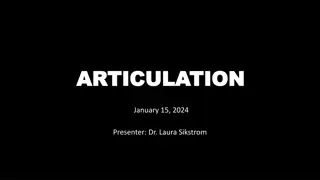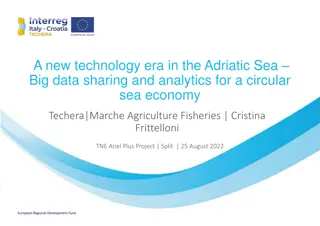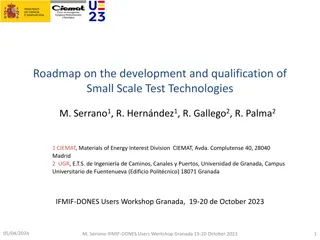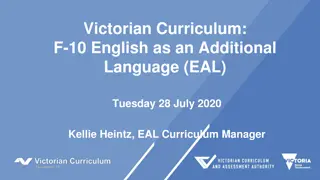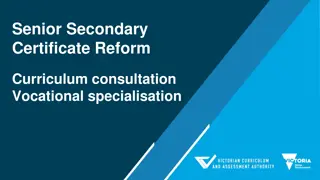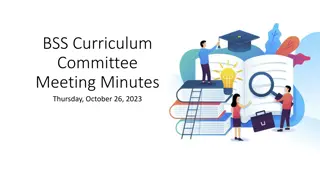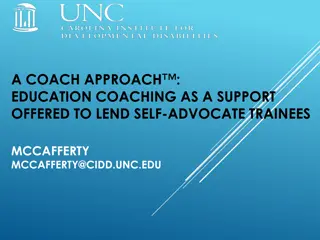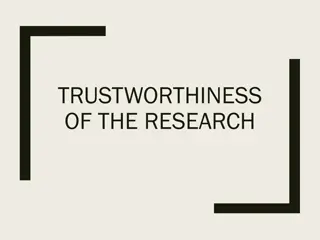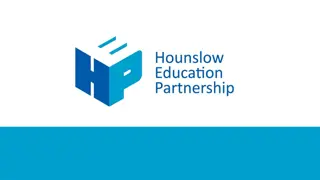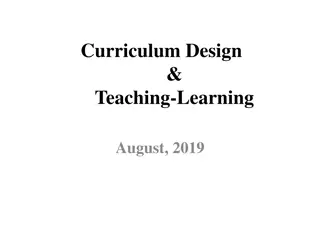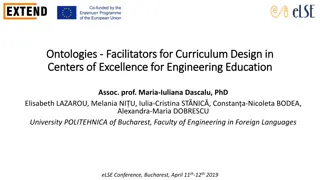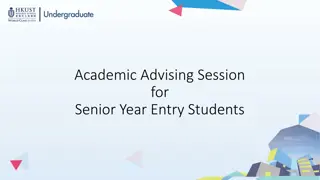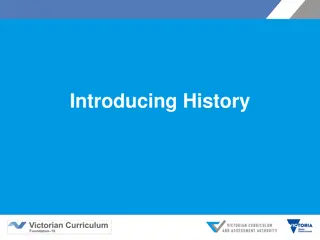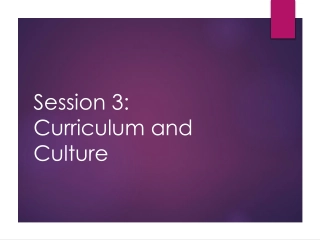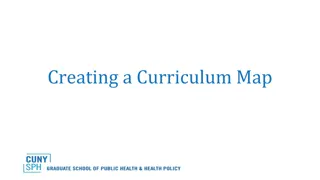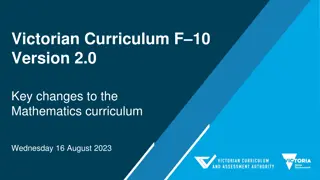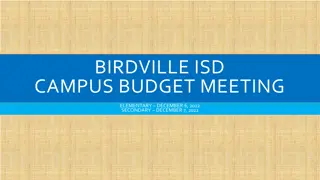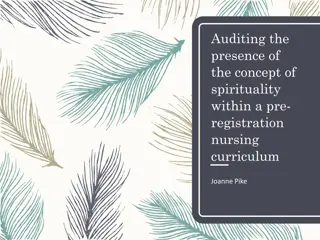Articulation and Transferability in Curriculum Development
Explore the world of articulation and transferability in curriculum development in this informative content. Learn about the differences between CCC articulation, CSU GE, IGETC, C-ID/ADT, and more. Discover the types of articulation and external approving bodies, along with best practices for approvals. Gain insight into the timelines for TCA and IGETC approvals, as well as the submission requirements for TMC via COCI. Delve into the importance of articulation in transfer degrees and programs.
Download Presentation

Please find below an Image/Link to download the presentation.
The content on the website is provided AS IS for your information and personal use only. It may not be sold, licensed, or shared on other websites without obtaining consent from the author. Download presentation by click this link. If you encounter any issues during the download, it is possible that the publisher has removed the file from their server.
E N D
Presentation Transcript
Partners in Curriculum Development: Discipline Faculty & The AO Stacey Howard, NVC Articulation Officer/Counseling Faculty
We have articulation experts among us. They speak in a code that leaves us bewildered but certain that all is well. David Morse LBCC English Faculty (Former member of ASCCC Exec, Transfer and Articulation Subcommittee ) Pass Along Exec Order EO Guiding Notes TMC Double Counting UCOP UCTCA
Articulation & Transferability Whats the difference? CCC Articulation includes transfer credit courses, CSU GE, IGETC & C-ID/ADT. - CCC Curriculum Committees and AO are involved in assigning appropriate designations. Which comes first? Transferability: Courses that are designated as baccalaureate bacc level credit. Students who successfully complete these courses are able to take credits with them to a transfer institution. The act of forging an articulation represents the commitment each institution makes toward their transfer students. AACRAO
Types of Articulation & External Approving Bodies 1.CSU transferable courses EO 167 2.UC transferable courses TCA policy 3.General Education for IGETC IGETC Notes ver. 2.0 and CSU GE EO 1100 (as opposed to Local AA GE - Sec. 55063, Article 6 - Title 5 Ed Code) Best Practice: Getting courses approved for all 3 GE patterns (including local GE, if appropriate) gives students the maximum utility when selecting courses and transferring. 4. Lower Division Major Prep at CSUs/UCs = Articulation Agreements: ASSIST.org 5. Common Identification Numbering C-ID (Course Identification Numbering System) for TMCs (ADT) Note: new CCCCO website
Sample Timeline for TCA & IGETC Approvals Best Practice: For UC Transferability and Transfer GE proposals, consider aligning when new or modified course is first offered to the effective term of articulation approval.
COCI Submission required for TMC: AAM, BCT & GECC (The AO supports faculty by providing required information) ASSIST.org documentation is required per CO in support of TMC submission
51% Articulation (for transfer degrees) (The AO supports faculty by providing required information) For PROGRAMS that declare TRANSFER PCAH 6th ASSIST documentation verifying that a majority (51% or greater) of the required courses in the program are articulated for the major (AAM) at the single baccalaureate institutions to which the program s students are likely to transfer. AKA 51% documentation- what does it mean? 51% of the courses in YOUR PROGRAM, must be articulated at one CSU or UC. Example: Your program has 8 courses- you must find 5 of those courses articulated at one CSU/UC as shown in ASSIST.
Best Practices Challenges Questions
